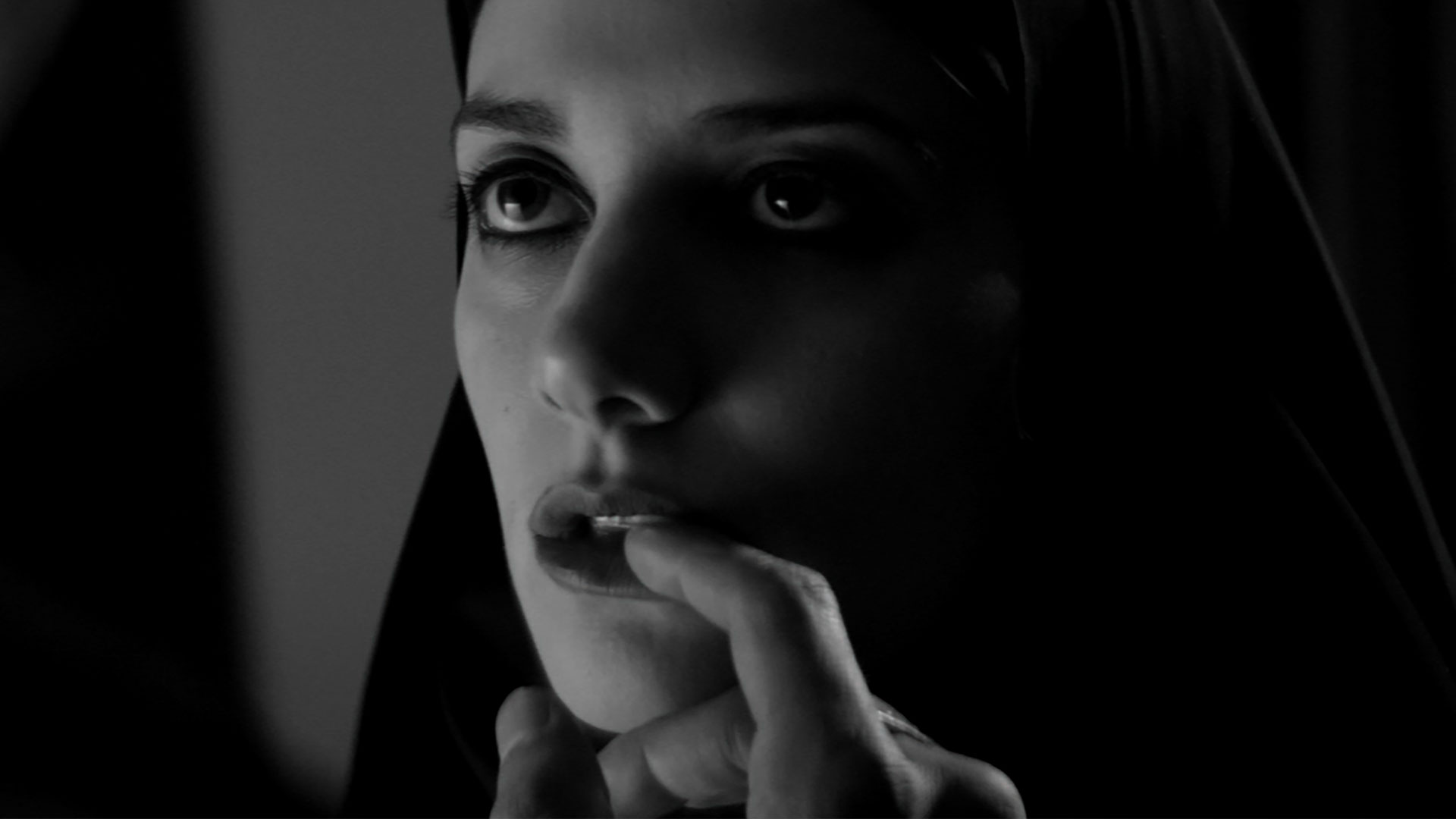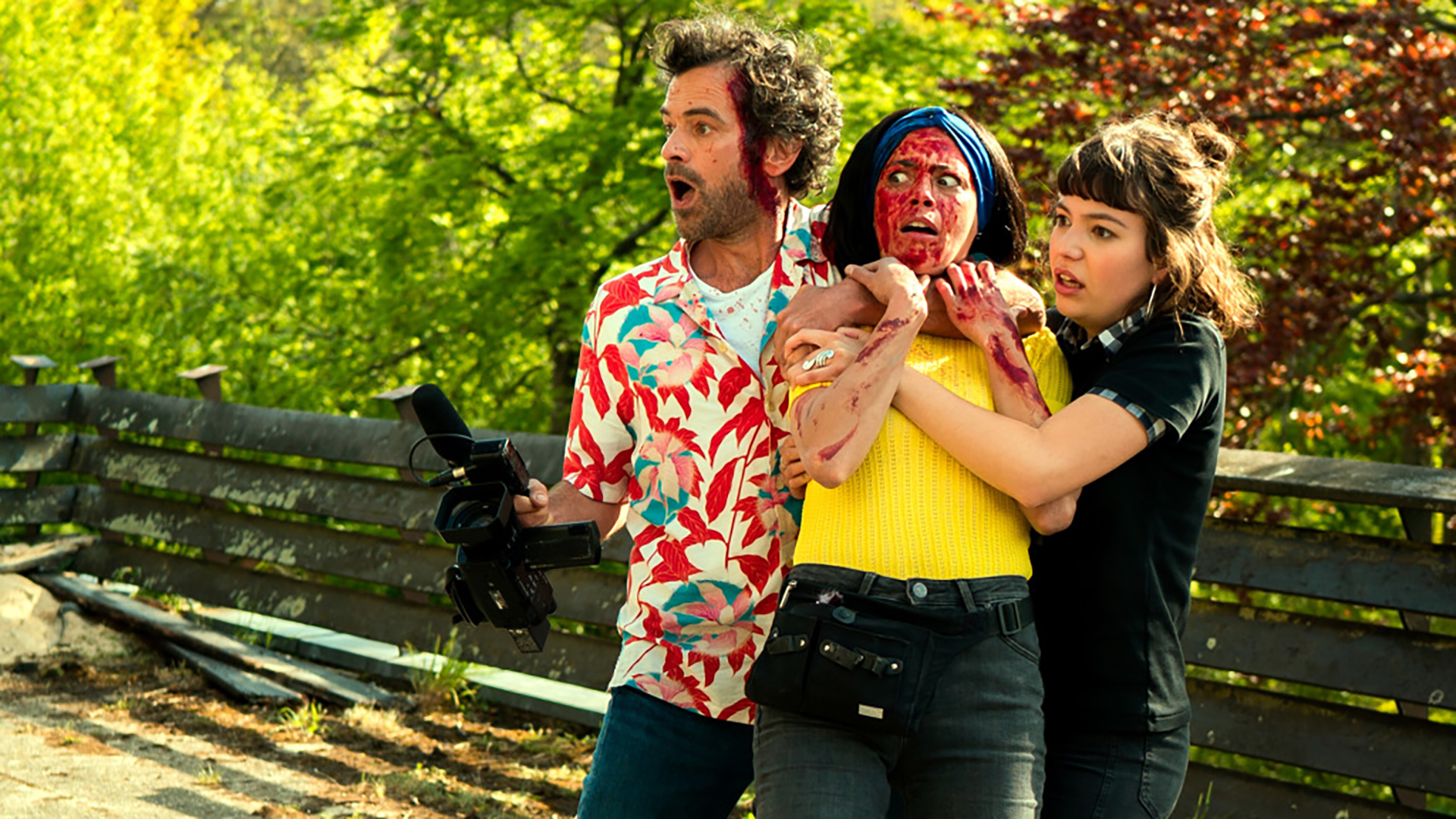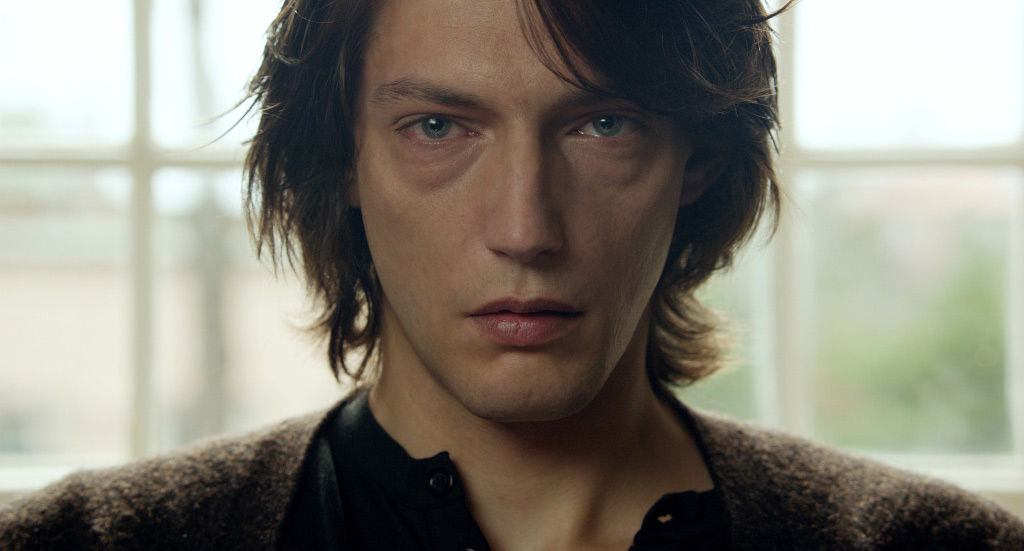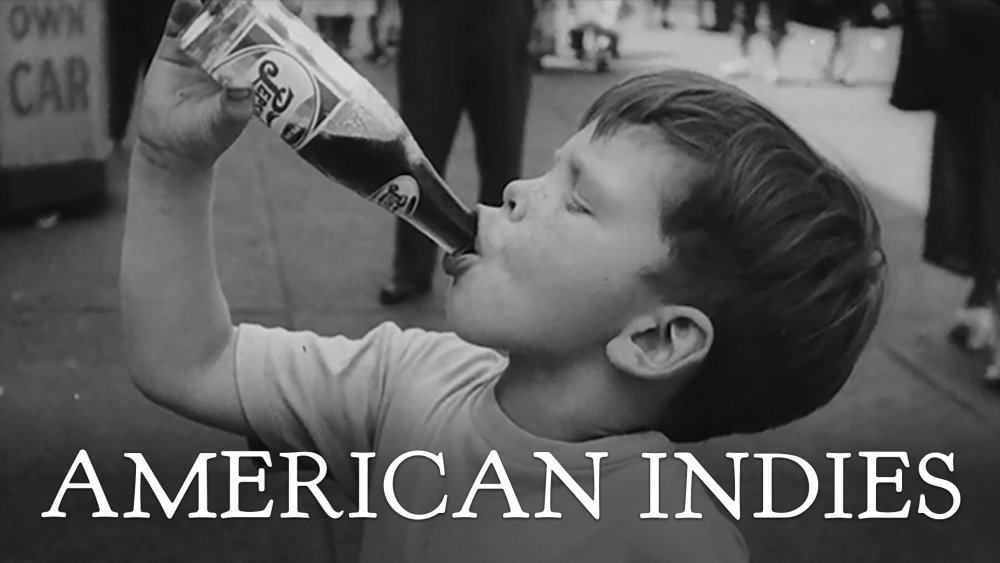
5 Contemporary Arthouse Films That Prove Horror Has Never Been Better

Now that we’ve taken you back to the silent era to explore the OG horror films and through the decadent and salacious ‘60s and ‘70s with our erotic Euro cult delights, it’s time to come full circle. Let’s take a moment to celebrate the horror films of today. With modern filmmaking techniques, genre-bending storytelling, and a new standard for acting that has transformed the traditional scream queen into Oscar®-worthy performances, horror has never been better.
From Ari Aster’s nightmarishly twisted tales to the rise of folk horror thanks to filmmakers like Robert Eggers, the horror genre continues to push the boundaries of what’s possible. But some of the most exciting contemporary horror films have flown below the Hollywood radar. These are the ones that are small on budget but big on vision, just waiting to be discovered. We’re proud to be home to some of the most one-of-a-kind, boundary-defying arthouse horror gems that are on their way to becoming classics. Stream them all on Kino Film Collection.

A Girl Walks Home Alone at Night (2014)
This film might be the definition of undefinable. Ana Lily Amirpour’s Iranian horror is part vampire story, part Western, part teen story, part required feminist viewing. Drenched in sumptuous black and white and cooly minimalistic, the film has been compared to the work of Jim Jarmusch, who had his own entrance into the indie vampire genre with Only Lovers Left Alive. Exploring teenage romance and vampire vigilantism, A Girl Walks Alone at Night features an eclectic cast of characters: a tortured James Dean-inspired greaser, an evil pimp-drug dealer multihyphenate, and our blood-sucking, skateboarding, chador-cloaked anti-heroine. They all live in an Iranian town called Bad City, lending the film a Frank Milleresque comic-noir vibe as well. Despite the wellspring of influences the film draws from, Amirpour’s feature film debut is undeniably unique.

Virtual Reality (2021)
In many ways, Virtual Reality is the quintessential contemporary horror film: There’s genre-bending, there’s an evil entity powered by AI, and the film about a film storyline is decidedly meta. Hernán Findling’s Argentinian slasher follows a cast of actors who are invited to watch the first screening of their horror flick, only to discover that the director has cast them in something far more sinister. As the actors watch themselves in scenes they never shot, they realize their fates could be in the hands of an evil masked killer, unless they intervene. There’s some comic relief in watching them trying to communicate with their on-screen alternates, but these moments of respite are short-lived. Though it may fit squarely in the newest era of horror, Virtual Reality has no shortage of classic slasher scares, kills, and gore.

Final Cut (2022)
From Michel Hazanavicius, the Oscar-winning director of The Artist, Final Cut is a French remake of Japanese horror comedy One Cut of the Dead, and another example of meta horror. Like its Japanese counterpart, Final Cut follows a film crew attempting to make a one-take zombie film who unwittingly unleash the undead in the process, turning their production into a real-life zombie nightmare...or so you think. The multi-layered metaness of Final Cut is a fun alternative to conventional narrative structure, but the real heart of the film is the process itself. By giving viewers a peek under the hood of how a b-horror movie is made, complete with inventive methods for creating blood geysers and faked crane shots, Final Cut is the ultimate love letter to filmmakers and b-horror fans alike.

Cosmos (2015)
From the man who brought you horror Hall of Famer Possession comes a film just as unforgettable. In fact, if you take the trance-like quality and emotional reverb of watching that scene from Possession and extend it for 100 minutes, that would come close to describing Cosmos. Andrzej Żuławski's first film in 15 years, Cosmos exemplifies the director’s signature brand of frenetic hysteria, ultra-heightened emotion, and a certain kind of maximum aliveness that’s both violent and bizarre. Based on a novel by Witold Gombrowicz, Cosmos follows a young man (self-referentially also named Witold) who retreats to a countryside inn with his friend in hopes of writing a novel, but instead they get entangled with a host of strange inhabitants who they can’t seem to escape. True to his form, Żuławski eschews plot for sights, sounds, and sensations that leave a far more visceral and long-lasting impression than any conventional storyline ever could.

The Invisible Fight (2023)
One of the hallmarks of contemporary horror is how much fun a film can have. Long gone are the days of earnest hero’s journeys, stereotypically diabolical villains, and dramatic climaxes. This is the era for kung fu-fighting monks who listen to black metal and fight demons. That’s essentially all you need to know about Rainer Sarnet’s The Invisible Fight, because what else do you need to be immediately and completely drawn in? If you need more for some inexplicable reason, the story, set in 1973, follows Rafael, a young Soviet guard at the USSR-China border who is attacked by Chinese kung fu warriors. Bewitched by their skills, Rafael decides to study martial arts at the local Eastern Orthodox monastery. As the premise promises, the film is a romp of a good time, peppered with playful nods to old-school martial arts films à la the Shaw Brothers and set against a killer metal soundtrack, including the legendary Black Sabbath.











